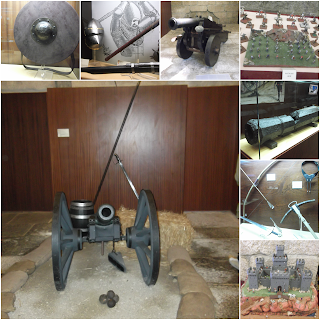September-October every year
The end of summer and the beginning of autumn are synonymous for harvest: the grapes are ready to harvest and produce the wine of that year. In this period it is common to hold numerous popular festivals.
 A Portuguese tradition that despite having been, during the last years, modernized, is still what it was in some aspects.
A Portuguese tradition that despite having been, during the last years, modernized, is still what it was in some aspects.
Between september and october, the harvests, which in areas of the Douro, are large areas that require some labor, but in my case, or better of my family, the vineyard is quite small, whose final product is for own consumption; and it is a pretext to gather friends and have a lunch.

 So every year on a Saturday morning, my father, my brother, my mother and I, plus a few friends we took on the scissors, in a bucket and then we go to the fields.My father built it in our garage. a wine cellar, which includes a tank where the must is fermenting, so it is a process that does not even come out of the house. Now it has a machine where the grapes go, which are crushed and then transformed into must, which after being fermented (a process whose odor is horrible) turns into alcohol and then wine, which my father then puts in wooden kettles or stainless steel tanks waiting for it to be ready for consumption. Despite the machinery, it is still tradition at home, some of us go into the tank (without washing our feet) to crush the grapes.
So every year on a Saturday morning, my father, my brother, my mother and I, plus a few friends we took on the scissors, in a bucket and then we go to the fields.My father built it in our garage. a wine cellar, which includes a tank where the must is fermenting, so it is a process that does not even come out of the house. Now it has a machine where the grapes go, which are crushed and then transformed into must, which after being fermented (a process whose odor is horrible) turns into alcohol and then wine, which my father then puts in wooden kettles or stainless steel tanks waiting for it to be ready for consumption. Despite the machinery, it is still tradition at home, some of us go into the tank (without washing our feet) to crush the grapes.
Just one more detail: from the must is made the brandy (a drink with high alcohol content) and jeropiga (traditional from my country), which is a preparation by adding brandy to the grape must to stop fermentation, resulting in a more alcoholic drink than wine (I personally do not appreciate) which is the traditional drink for magustos (see next link)
https://someanywhere.blogspot.pt/2015/11/magusto.html


















































